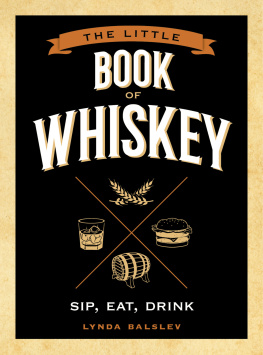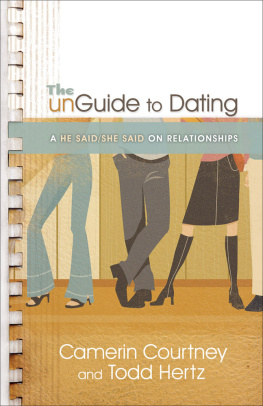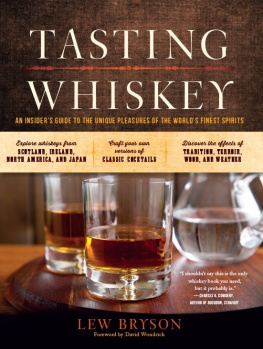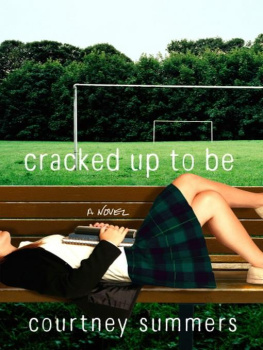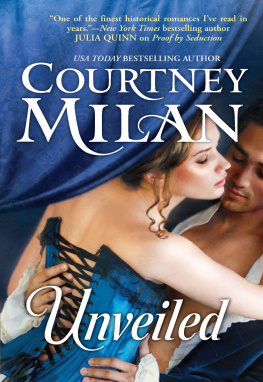Published by The History Press
Charleston, SC
www.historypress.com
Copyright 2020 by Bradley G. Courtney
All rights reserved
First published 2020
E-Book edition 2020
ISBN 978.1.43966.882.5
Library of Congress Control Number: 2019951264
Print edition ISBN 978.1.46714.315.8
Notice: The information in this book is true and complete to the best of our knowledge. It is offered without guarantee on the part of the author or The History Press. The author and The History Press disclaim all liability in connection with the use of this book.
All rights reserved. No part of this book may be reproduced or transmitted in any form whatsoever without prior written permission from the publisher except in the case of brief quotations embodied in critical articles and reviews.
FOREWORD
Fires were always a menace to frontier towns. The first generation of these communities, especially the business districts, were usually made of wood. With all those coal oil lamps, stoves and lighted candles, it took only one careless mistake, and it was Katie bar the door. The whole town would go up in smoke. The boomtowns of Prescott, Bisbee, Jerome and Tombstone all burned to the ground, sometimes more than once during their early years.
Immediately after the ashes cooled, those hardy, determined citizens were out digging through the debris to salvage what they could use again. After each fire, they rebuilt with less lumber and more brick and mortar.
I love the story told of the morning after Prescotts Great Fire, when the businessmen and women were salvaging what they could from the ruins and opening up for business on the sidewalk. No one was demanding the federal government come in and take care of them. Not these plucky folks. They were not going to stand around wringing their hands in despairthey had work to do. They were going to rebuild their community and make it even better than the one before. And they did.
I have always been a serious historian with great respect for the facts. I also work the beef and beans circuit as a speaker who loves to share the colorful history of Arizona. I have been at it long enough to know stories tend to become embellished with each telling. My audiences are nearly always folks with a love of Arizona and the West. And they like a good story. Sometimes I find myself questioning the veracity of a story that I have been telling for years.
I have stopped counting the times I have had to do some fact-checking and have had to change my introduction to say, Theres a possibility this one will take you down the path of plausibility, and youre going to have to figure out where to get off. I think it was Mark Twain who said, If it didnt happen this way, it coulda happened this way. Or maybe he said, shoulda happened this way.
That is supposed to get me off the hook in case some scholar comes forth and confronts me with some new research disproving my time-honored story.
That being said, I will leave it to my friend Brad Courtney to reveal the whole story of the Great Fire. In his diligent research he has uncovered some amazing new facts. Thanks to Brad, I am pleased to learn that I can continue to tell this story without having to fret about some educated feller correcting me.
It was a warm, sultry evening in Prescott on July 14, 1900. The saloons and gambling casinos along Whiskey Row were gearing up for a big Saturday night shindig. Gamblers were dealing cards, and the bargirls were hustling drinks. The rinky-tink sounds of piano music emanated from each raucous saloon. Boisterous, devil-may-care cowboys, railroaders and miners were bellying up to the bar for a night of revelry.
Yavapai Countys famous citizen and lawman George Ruffner was heard to comment, To jail all the drunks tonight, youd have to put a roof over the whole town.
There was no time to lock up any drunks on this night, for a fire broke out and spread rapidly through the business district. Volunteer firemen pulling hose carts rushed out to fight the flames and save Whiskey Row. Folks grabbed what they could and rescued it from the raging fire. A barber hoisted his chair and his tools from the burning destruction and moved his business to the plazas bandstand.
Up at the famous Palace Bar, loyal customers gallantly picked up the bar, and all its precious contents, and carried it across Montezuma Street, where the Yavapai County Courthouse sits today. Others picked up the piano and carried it to the safe environs of the plaza.
Prescottonians were not going to let something like a fire spoil their evening. So, while Prescott burned through the night, business resumed outdoors; resourceful bartenders served drinks, and the piano player banged away on the ivory keys. One of the painted ladies volunteered to sing.
And those frontier folks never lost their sense of humor either. By far, the most requested tune that evening was Therell Be a Hot Time in the Old Town Tonight.
Marshall Trimble
Arizona State Historian
ACKNOWLEDGEMENTS
Writing acknowledgements for this book proved very emotional for me. The process of researching and writing The Whiskey Row Fire of 1900 has been one of the most challenging of my life. Not because of the research and writingthe project itself has been a blessing and distraction from lifes inevitable trials. Researching and writing this treatise has been a joy.
In the middle of writing this newest installment of Whiskey Row history, I lost the great love of my life, Holly Joy Courtney, to a rare form of cancer. I was married to her for twenty-six wonderful years, but I have loved her since 1976. She was always the one. Forty-three years ago, something deep in my intuition told me, There she is. That is her. The one! Go and get her. And I did. Of course, I understand now it was more than intuition, but something bigger than what is merely in front of us.
On January 31, 2018, I woke up from a nap to discover that her beautiful brown, doe-like eyes had turned a stunning gray. She had been promoted to Heaven. Her dying experience was glorious, although I begged God not to take her. She had lived her life seeking God, and for that she was rewarded with a wondrous dying grace.
This book is dedicated to Holly, an angel who flew too close to the ground. I was just one who recognized the truth of that description.
Auntie Caroline, I love you. We share a love for Holly, and well always have that beautiful link, old but youthful gal that you are, who I hope lives to one hundredplus years.
Tom McCabe, no one could be a better friend than you are to me. Thank you for being there during my darkest moments these past two years.
Thank you, Joseph Sugrue, my pastor and friend, for your endless and priceless spiritual guidance.
Much gratitude for Lindsey Givens of The History Press for all of your encouragement and patience.
I want to thank Brenda OK Girl Taylor and Tom Schmidt of the Sharlot Hall Museum Library and Archives. A special thank-you goes to D. Sue Kissel, a phenomenal researcher.






